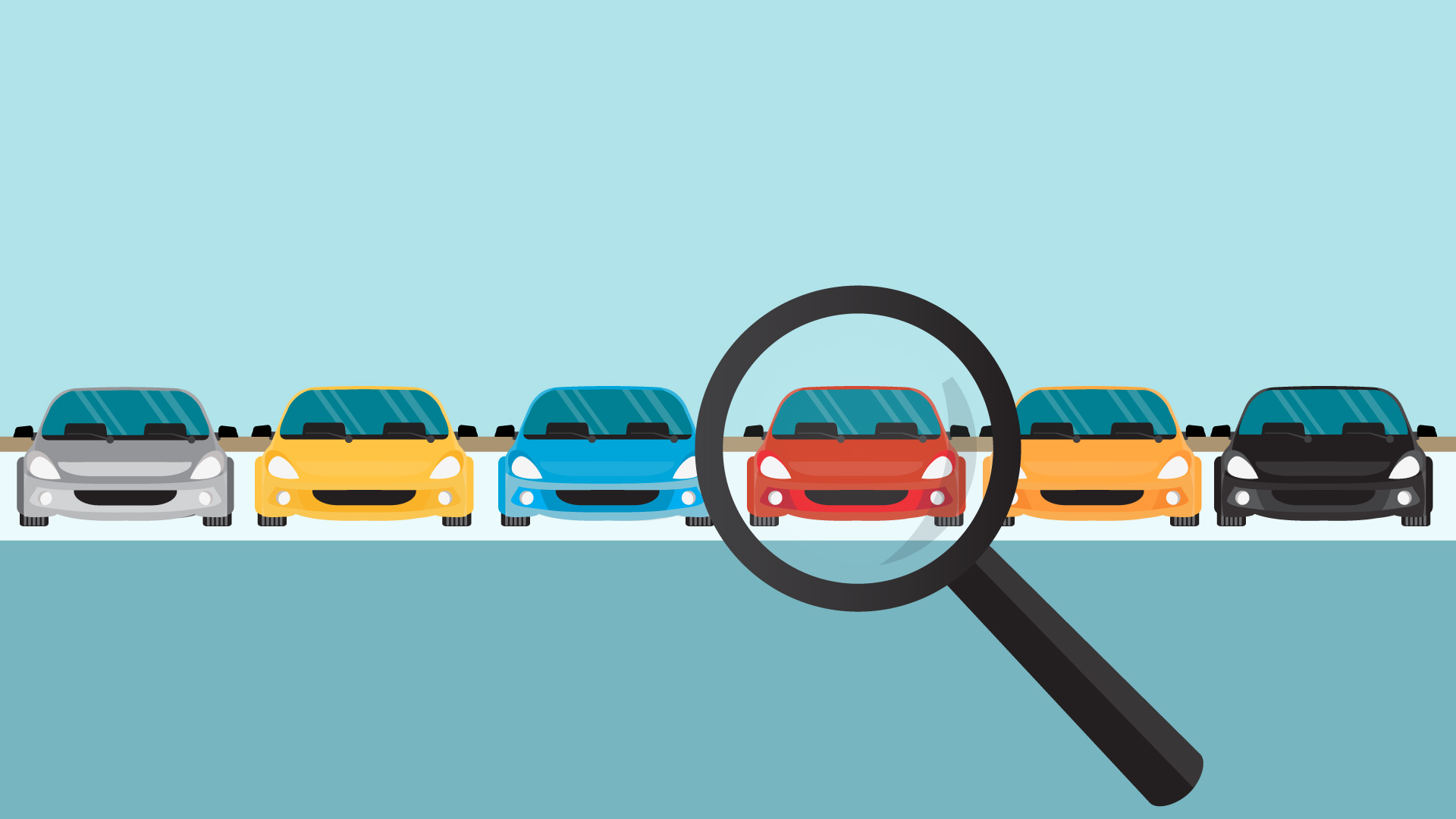Pump the breaks

About i360’s Consumer Pulse: The Consumer Pulse asks 1,000, of the 2.5 million US adult panelists, over 150 questions daily. Questions center around key topics such as economy, lifestyle, real estate, automotive, shopping, employment, political opinions, and more.
AUTOMOBILE VALUATIONS UP BUT PURCHASE EXPECTATIONS HIT NEW LOW.
Auto manufacturing inventory remains low and automakers are shifting gears to a build-to-order model. Changes in car buying expectations should affect the valuation of automobile makers in the market. The transmission mechanism is through analysts and market participants adjusting their forward-looking sales expectations and either reducing or increasing their earnings estimates. In an efficient market, we expect market valuations to positively correlate to positive changes in consumer purchase expectations, and vice versa.
Auto questions in our Consumer Pulse survey (a longitudinal survey of the US population) ask, “When do you intend to buy/lease a new vehicle?” During our time frame covered, our maximum 12-month purchase expectation was 33% of consumers and our minimum was 23%.

Using responses from Consumer Pulse survey questions, i360’s team of analysts used market price data of Ford, GM, Toyota, Honda and Stellantis (owner of Jeep/Dodge) to create an autos index. This basket of auto companies covers roughly 85% of the brands consumers intend to buy or lease in Consumer Pulse. The return of this basket was normalized relative to the S&P 500 ETF, SPY, isolating autos from the overall market beta, the blue line below. At the end of 2021, consumer expectations changed rapidly and began dropping as auto stocks sharply rose to new highs relative to the S&P. This clearly indicates a short or sell opportunity for investors in the autos sector. We show in gray the rolling one-month correlation when the market prices for auto stocks and consumer purchase expectations are the most far apart – exceeding less than -1.5 standard deviations from one another.

The end of 2021 stands out. Going into the new year, the percent of consumers who expected to buy a new car in the next 12 months dropped, as seen in the chart above, reaching low levels last seen during the height of the pandemic in 2020. The chart shows a significant divergence between consumers responses and market valuation. Automobile stocks recently underperformed the S&P, showing the market is correcting the mispricing.
Disclosure: The information in these blog posts, based on i360’s Consumer Pulse, is for informational purposes only and should not be construed as investment advice on any matter.